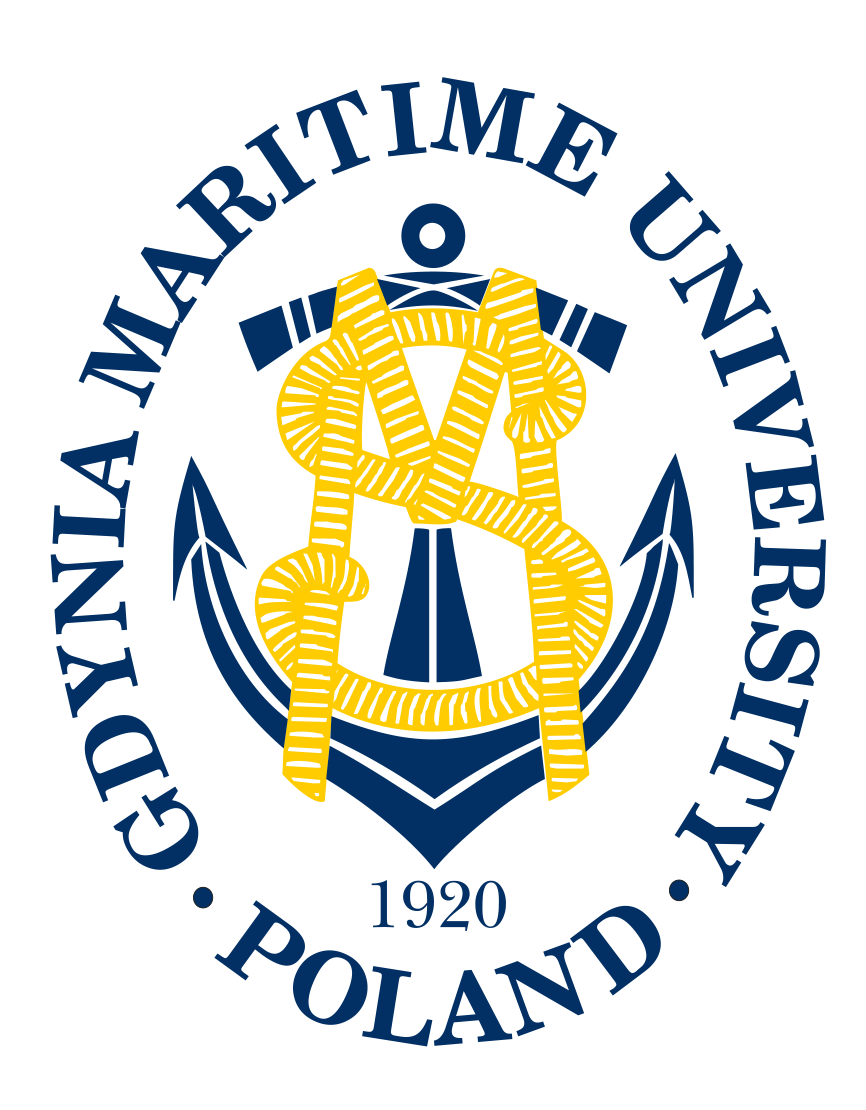SPECIAL SESSION
Underwater measurement for 3D characterization of subsea objects
CHAIR
 Prof. Enrico Primo Tomasini, Università Politecnica delle Marche (UNIVPM), Italy
Prof. Enrico Primo Tomasini, Università Politecnica delle Marche (UNIVPM), Italy
Enrico Primo Tomasini is Full Professor of "Misure Meccaniche, Termiche e Collaudi" since 1989, at Engineering Faculty of Università Politecnica delle Marche.
Since Academic years 1999-2000, he teaches also to Biomedical Engineering students. He carries out research activities in many fields, in particular about non-contact measurements, carried out by means of Vibration Measurements by Laser Techniques, such as Laser Doppler anemometry and Particle Image Velocimetry. He is also experience on Design and Realization of Optical sensors, Infrared Thermography, Ultrasound Techniques and Image Acquisition Techniques for motion and shape measurements. This expertise can be spent in a wide range of applications, from the typicalsectors of mechanic and fluid dynamic, acoustic, to the quality control in production lines, the non-destructive tests and the biomedical measures.
Professor Tomasini is the founding member and President of the “Associazione Italiana VElocimetria LAser e diagnostica non invasiva“(AIVELA), a scientific non-profit organization that promotes the study and the use of laser instruments for measuring the fluids and solids motion and diagnostics without contact. In addition, he is Chairman of the International Conference on "Vibration Measurements by Laser Techniques".
He is the author of more that 150 publications on books, journals and national and international conferences.
ABSTRACT
Today, underwater scanning techniques are commonly applied in several areas, introducing new ways for monitoring, cataloging and studying submerged objects.
Moreover, the use of these technologies allows the marine biology to analize and document morphometric changes due to natural life, pollution of water and to climate change.In this framework, the devices steadily evolving are designed to provide 3D accurate models of targets of interest in subsea environment. In fact, the obtained 3D reliefs aim to perform accurate measurements of volume, chromatic characteristics, surface area and other shape measurements of three-dimensional objects, without the necessity to remove them from the sea.
 Prof. Enrico Primo Tomasini, Università Politecnica delle Marche (UNIVPM), Italy
Prof. Enrico Primo Tomasini, Università Politecnica delle Marche (UNIVPM), Italy




















